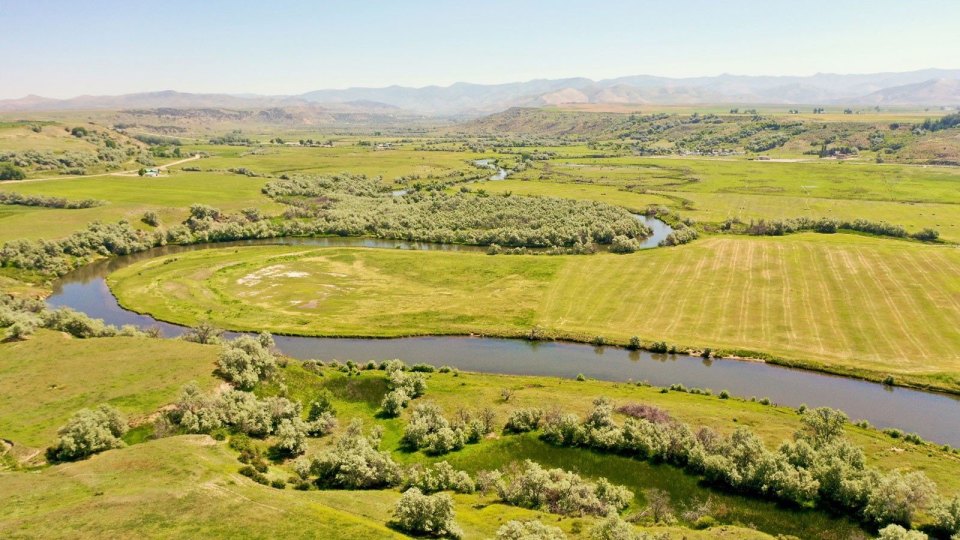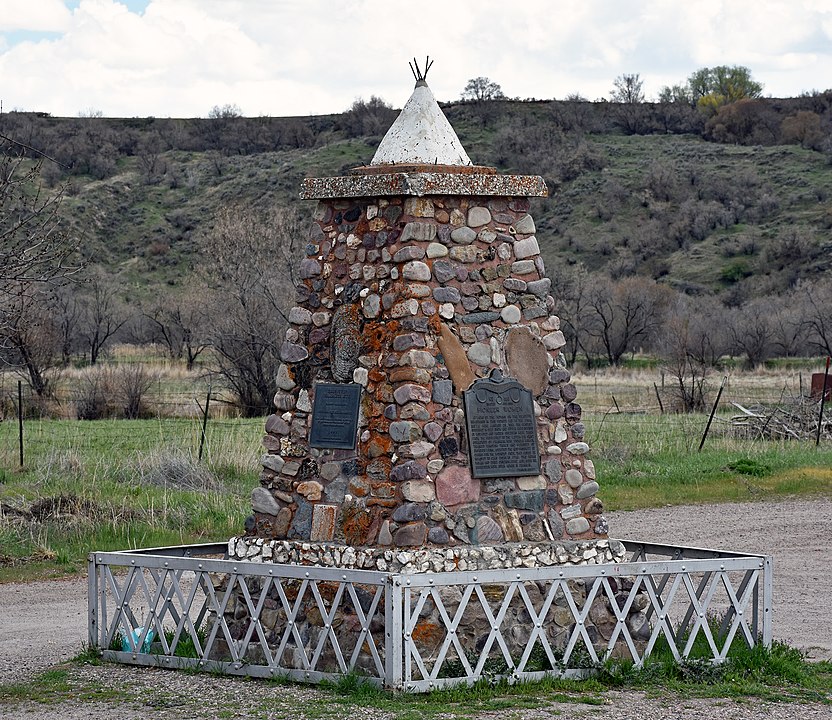Most history buffs are painfully aware of the Wounded Knee Massacre of the Lakota people in South Dakota by a group of United States soldiers in December of 1890. The United States military attempted to disarm a small group of Lakota people. Though most of the Lakota people in the area had already surrendered their weapons, the United States military still opted to open fire on the Lakota camp since they were unable to collect every weapon. Over 400 Lakota people were injured and some estimate that over 300 people were killed.

The Boa Ogoi Landscape in Southeastern Idaho
Photo by Flickr
In recent decades, historians of Native American culture in the United States have raised awareness of another massacre of Native American people known as the Bear River Massacre that is thought to have claimed more lives than Wounded Knee. In January of 1863, over 400 Shoshone people in Preston, Idaho were brutally slaughtered by the United States military as the Shoshone gathered to perform a ceremonial Warm Dance which drove away winter’s frigid temperatures and invited the warmth of spring.
Over 150 years after the painful massacre, the Shoshone people have reclaimed the land where the atrocity occurred and converted it into a site of cultural and ecological revitalization, Known as Boa Ogoi—or, Big River—the site will soon host a Boa Ogoi Cultural and Interpretive Center where visitors can learn about the history and traditions of the Shoshone people. Today, visitors can view a stone marker which gives some details about the Bear River Massacre and is adorned with flowers and offerings of fruit and other foods to commemorate those who perished in the massacre.

Monument erected near the site in 1932
Photo by Wikipedia
The Shoshone people are also working to restore the habitat of Boa Ogoi so that the plants, animals, and land of the region are as they were before European settlers colonized the area. Thankfully, Shoshone storytellers and historians through the ages have created a wealth of drawings and descriptions of the area that ecologists can use to restore the region to its former natural splendor. Of particular interest is ensuring that willow trees thrive, since willow branches and bark play a very important role in Shoshone culture.
Boa Ogoi is located in a scenic stretch of southern Idaho, not far from the mountains, orchards, and pastures of the Utah/Idaho border. Visitors can learn about a somber moment in American history and pay homage to the incredible…
Click Here to Read the Full Original Article at Unusual Places…